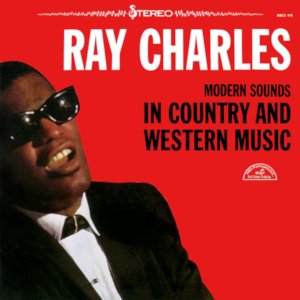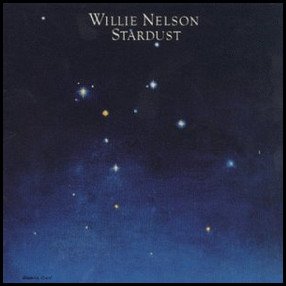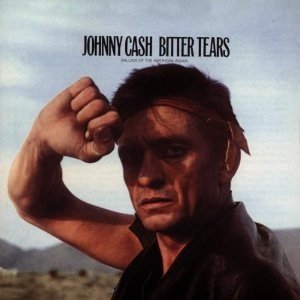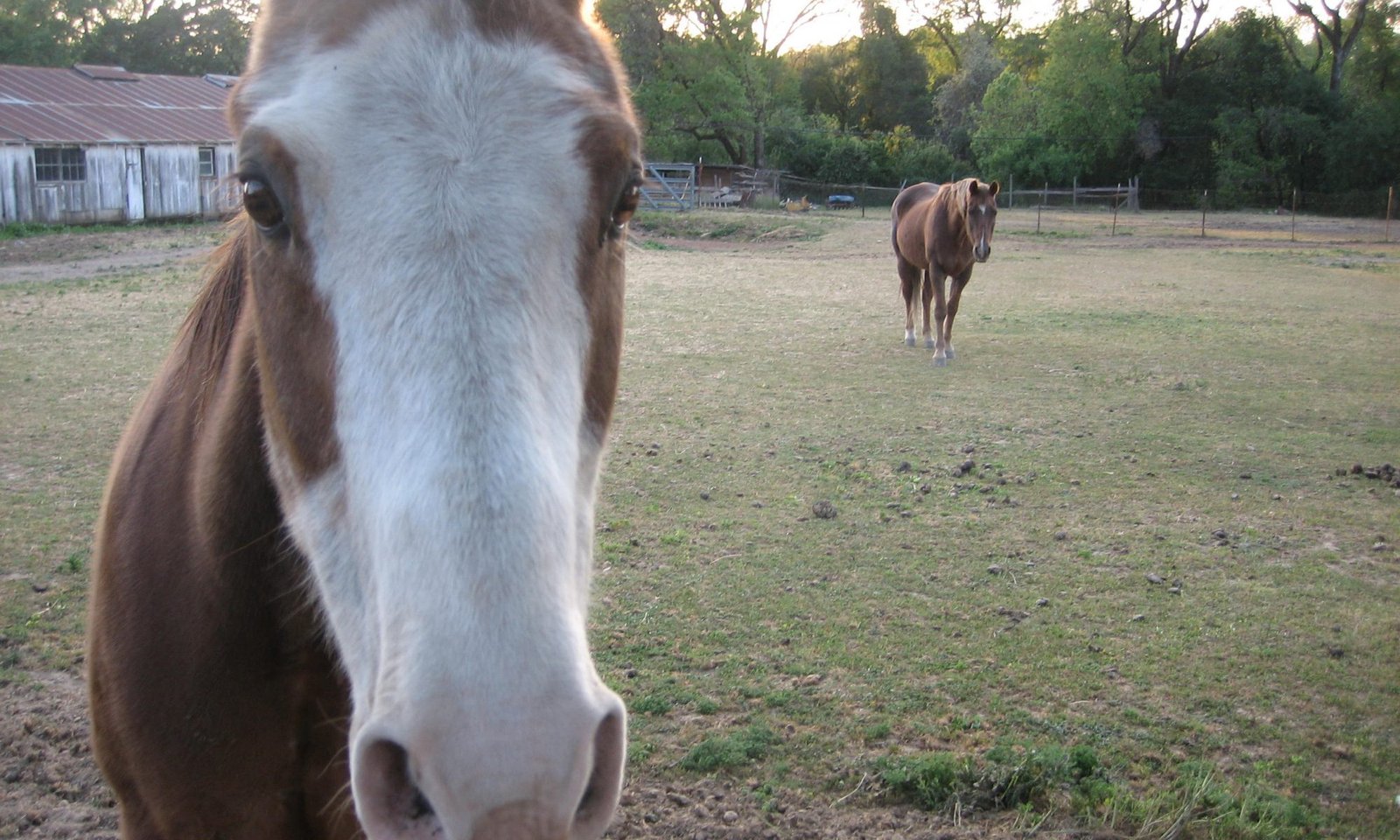Before the internet, there were armies of salesman that would go door-to-door selling encyclopedias. It was thought that without the latest Encyclopedia Britannica it would be impossible for your kids to write their history papers. Today, Wikipedia has assumed the role of the encyclopedia but in the realm of video, it is the documentaries of Ken Burns . Home-bound due to the COVID-19 pandemic, I decided to bite the bullet and buy the nine-episode Country Music | A Film by Ken Burns documentary on Amazon. Under $50 it comes out to about five bucks an episode. Country Music | A Film by Ken Burns is a fun romp through the twentieth century and a great way to discover new artists and bands, but in the end it was not so much about the music but a postcard parade of the people and musicians.
Introduction
Ken Burns approaches his documentaries as though he is writing an encyclopedia; he always goes wide but rarely very deep. This gives the viewer the impression that what they are seeing is the unvarnished truth. Every documentary is stylistically exactly the same in his pedantic, dry, documentary style. If you watch Ken Burns’ The Civil War, Jazz or Baseball they are all identical and Country Music maintains this consistency. The serious voice of Peter Coyote narrates though out and the titling and production are all the same. It is the Ken Burns encyclopedia and while it is great to get an overview of these subjects, the more you know about the subjects, the more disturbing and slightly irritating it becomes. Things are left out. Stereotypes are reinforced. A strange middle ground seems to always be the goal. If a topic seems a bit risky, the next scene brings it back to something more conventional. Controversy is avoided. For instance, even though you can count notable black country musicians on one hand, nevertheless there is Wynton Marsalis as usual adding comments and insights from the wings.
“I was talking with a friend of mine about this the other day; that country life, as I knew it might really be a thing of the past and when music people today, performers and fans alike, talk about being “country,” they don’t mean they know or even care about the land and the life it sustains and regulates. They’re talking more about choices – a way to look, a group to belong to, a kind of music to call their own.”
Johnny Cash – The Autobiography of Johnny Cash
What really is “Country” music?
The notion of the genre of country music and what artists are “country,” like the word “jazz,” is forever perplexing and something more to do with the business of selling the music than the actual music.
“Three Chords and the Truth”
– coined by Harlan Howard in the 1950s which he used to describe Country music
What really is “country” music? From a musical standpoint, “Three Chords and the Truth” does seem to get at a good definition but some of the best country songs use secondary dominant chords extensively (e.g., Salty Dog) and the dominant II chord is usually the climax of the song . But do forgive me. I am writing about the music, not the people. I sort of like Cash’s geographical take on country – it ain’t “city.” Ironically, the history of bluegrass was actually aided by country folk moving to the city and longing for simpler times in the country.
One of the most redeeming qualities of country music are the lyrics. What ties all country musicians together is the singer/songwriter, cowboy or as it is often called troubadour. This may be true, but what I find in many of the successful country musicians is a rebellious streak. They seem, from a sociological standpoint, more like punk-rockers than anything else. Jimmie Rodgers, Johnny Cash, Willie Nelson and even Hank Williams were pushing the boundaries and going against the norms. In the film, it seemed a bit odd, but confirms my take, is that Marty Stewart named Woody Guthrie as being “about as country as it gets.” Which begs the question, then why did not Pete Seeger get even mentioned in the documentary? He was as country as Woody Guthrie and sparked the revival of the banjo with his banjo method book. Surely many country banjo players used his book to learn the instrument. Where folk ends and country begins, blues music ends and country begins, are all blurred lines. Who Ken Burns allows into the country club surely has something to do more with politics than the actual music. Perhaps to be country, is to have played at the Grand Old Opry or recorded in Nashville.
One thing that Burns avoids is how most of the country musicians tended to be far more politically progressive than their reactionary, predominantly conservative, Republican audiences. This is particularly true starting in the late 1960’s after the South went Republican. One of those important factors not really delved very deeply on, perhaps to avoid controversy and not alienate the core country audience, who would prefer to see the rebellious nature as a sort of cowboy libertarian streak, and be done with it. That the documentary ends in 1996 is surely convenient as it makes it possible to avoid bands like the Dixie Chicks that called George Bush out on his criminal and ill-conceived Iraq war.
Race and the almost Mythical Older Black Musician
One of the reoccurring themes in the movie is race, which is dealt with in an often incomplete fashion. From the documentary we learn that many of the early country stars at one point in their youth had a profound experience with an older black musician. Jimmie Rodgers, the father of country, learned how to play from an older black musician down by the railroad tracks. There were two other big musicians that come to mind but who’s names I forget that had similar experiences with older black musical mentors.
Country music is a predominantly white people’s music with a few invited guests – Charlie Pride, DeFord Bailey as noted examples. Perhaps the most amazing country album is Ray Charles’ country album that is pure countrypolitan and a smash hit. But issues like how the heck did Charlie Pride play in the segregated Jim Crow South are never brought up. Why, unlike in jazz, there are hardly any mixed-race bands? And, why, in every episode,as interludes, there are black and white photos of rural impoverished African-American families, gathered outside their shack of a house, with no explanation of why this photo is chosen?
Feminism and the Taboo Word
The the 1960’s. Loretta Lynn, Dolly Parton, Emily Lou Harris, Patsy Cline and others became huge country music stars. It is truly phenomenal how many powerhouse women came on the scene. Interestingly, Burns never uses the term “feminism” and instead describes this as – “at the time they called this woman’s liberation or women’s lib.” He goes on to described the woman as “feisty” or “strong-willed.” Just an observation of how language can influence perception and define history. In the late 1960’s there was a massive feminist movement culminating in the E.R.A. that never passed. One wonders if Burn’s never using the word “feminism” was intentional.
Country Music | A Film by Ken Burns. Well worth the price of admission, and a great way to get a broad-brush view of the topic of country music but a film that makes you question everything.
INTERESTING ALBUMS OF NOTE FOR PEOPLE WHO NEVER HAVE OWNED A COUNTY ALBUM IN THEIR LIVES AND DO NOT LIKE COUNTRY
I did not grow up with country music. Folk music, pop, rock and roll, jazz, classical. Not country. My parents were from the north and primarily urban, well-read and educated. Below are albums for people who do not like country music.
Jimmie Rodgers with Louis Armstrong
It is a true fact, not out of some E.L Doctorow novel, that the father of country music, Jimmie Rodgers cut a record with Louis Armstrong. This is simply as strange as realizing that Aretha Franklin’s funkiest rhythm section was all white boys. Blue Yodel 9 is evidently a country song. This was before the music industry was putting labels on absolutely everything.
Johnny Cash many years later got together with Louis Armstrong and played Blue Yodel 9.
Ray Charles

One the the best-selling country albums of all times is Ray Charles’ Modern Sounds in Country and Western Music . Ray Charles would probably sound great reading the phone book, but here you have some heavy New York and L.A. style production and Ray, growing up country, just sings these country songs like he is in the shower.
Willie Nelson
Read Willie Nelson’s autobiography Its a Long Story. I once heard that Willie always wanted to make a bebop album, so Stardust is as close as he got. His early love for Bob Wills and country swing opened him up to all kinds of music and he sings these mostly jazz standards with great phrasing, relaxation and outstanding pitch. Some of the standards sound a bit like music I would hear in a bowling alley in some sleepy Midwest town, but if they call this country, I’ll take it.

An amazing character, Willie is featured a lot in Country Music | A Film by Ken Burns. To get the full story of what happened when Willie’s house outside of Nashville burned to the ground, you have to read Its a Long Story. Willie is sitting in a bar in Nashville and a friend rushes in to inform him his house is burning down. Willie races off in his pickup and when he gets to the house the fire trucks are already there and the whole place is surrounded by yellow “do not cross” tape. At that point, Willie asks if anyone is inside. When he learns that everyone is safe, he makes a dash inside the house. He returns safe with just two things. His trusty, beat up guitar and a guitar case full of marijuana. That is a true story ready for the movies that does not even need a screen writer.
Johnny Cash

An epic career and a unique person and musician. He did a bunch of albums on the themes of Native Americans which would be interesting to check out. Growing up in federally subsidized housing and picking cotton from a young age, Johnny Cash to me is really a punk-rock, soul artist who happens to be white.

